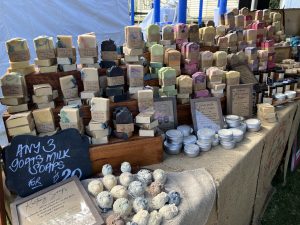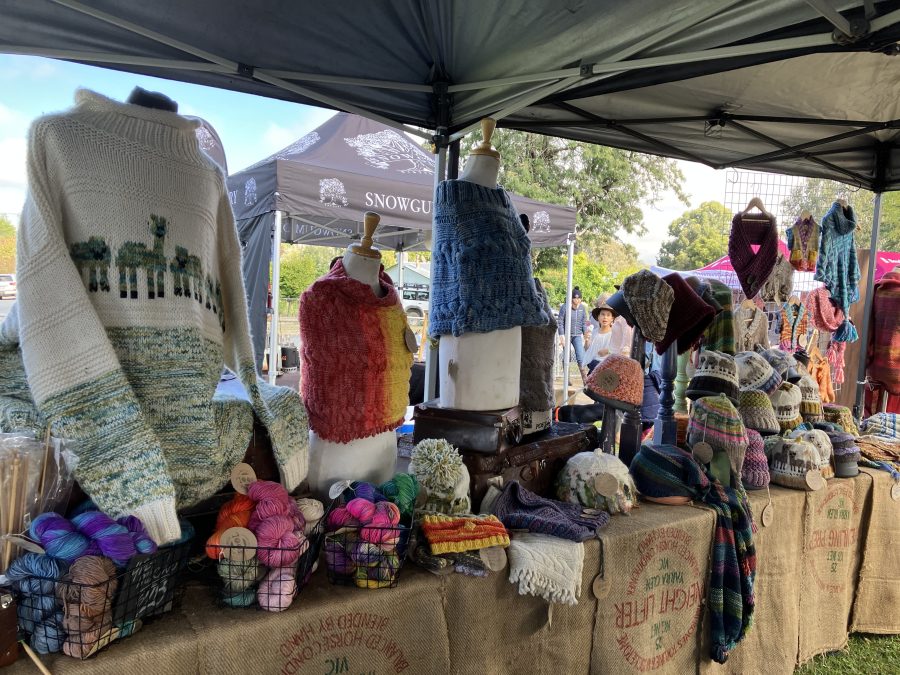In this article extract taken from the August issue of The Country Smallholder magazine, Janice Houghton-Wallace looks at living off the land in Australia…
Since moving from the UK six months ago, I have been fortunate enough to meet up with people who enjoy living the country life in Australia. Yes, there are big cities on the coasts and wild desolate areas in the middle of this vast country, along with big cattle and sheep stations but there are also many areas of land where people live and work on a smaller scale, rearing their animals and growing their own food.
One such lady is Meaghan Williams, who lives in Koetong, the ‘high country’ of northern Victoria, close to the border with New South Wales. Australia is such a large country that there are different climates ranging from similar to the UK, to tropical, as well as different time zones. The Murray River Valley area where Koetong sits is 600metres above sea level and the weather is hot and dry with vegetation burning off for only one month of the year. The environment is therefore quite green and not dissimilar to mountainous areas of the UK. There is a two and a half month growing season for fruit and vegetables, including apples, chestnuts and olives.
OFF GRID LIVING IN A HAND BUILT RECYCLED HOUSE
Ten years ago Meaghan and her partner Bren bought the property which had been hand built from recycled materials by the previous owner. It is off grid with solar panels producing electricity for heat and hot water and only bottled gas needing to be bought for cooking purposes. The land extends to 160 acres but much of this is bushland.

The soap business is growing and getting better
With some open pasture land Meaghan introduced sheep for her wool production business. She had Merino, Border Leicester X Merino and Corriedale (Lincoln Longwool X Merino). We now come to one of the downsides of keeping sheep in isolated areas of Australia – feral dogs! Not wild dingos, which can be a problem but ‘domestic’ dogs which have escaped or been dumped who then find others in the same situation that then become marauding packs and a danger to livestock. The dog attacks became all too frequent and it was so difficult to protect the sheep that now only a few are kept and these live with the alpacas.
Meaghan bought a small alpaca flock, and the alpacas squeal if the feral dogs or foxes appear – letting them know that a man with a gun is needed in haste. Hence there are now less losses than when only sheep were kept.
Both the sheep and alpacas are kept for their wool and Meaghan sells yarn during shows over the Christmas and Easter holidays as well as online. Not only is the yarn sold but Meaghan’s mother knits beautiful garments and these are also for sale.
I was amazed to hear that Australia no longer processes wool, it is mostly sent to China. A microbusiness cards the wool for Meaghan and white wool goes to Sydney and coloured wool goes to Melbourne for dying. It is not feasible to dye the wool herself as she sells so much yarn it would be difficult to keep up with the demand. Apparently one lady in Australia sends all her wool to the UK to have it milled and returned to Australia as there are no mills here because of lack of water.
Another product that Meaghan produces is soap. Not far away is an organic goat and cow dairy so she buys in the milk for her soaps, adding herbs and natural dyes. The wool business is self-sustaining and the soap business is growing and getting better. One third of any income goes back into the business, one third goes to Meaghan’s mother for her knitting work and the remaining third goes into everything else.
This area of Australia is extremely community conscious and Meaghan is planning on running craft workshops asa community service. “We all help each other,” says Meaghan. “Everyone living on a farm rides even when in their eighties. Most are cattle farmers and bartering takes place. We have horses so we take our horses and help bring in cattle off the hills in exchange for hay.”
This article extract was taken from the August edition of The Country Smallholder. To read the article in full and learn more about smallholding in Australia, you can buy the issue here.
To receive regular copies of The Country Smallholder magazine featuring more articles like this, subscribe here.
For FREE updates from the world of smallholding, sign up for The Country Smallholder newsletter here.








